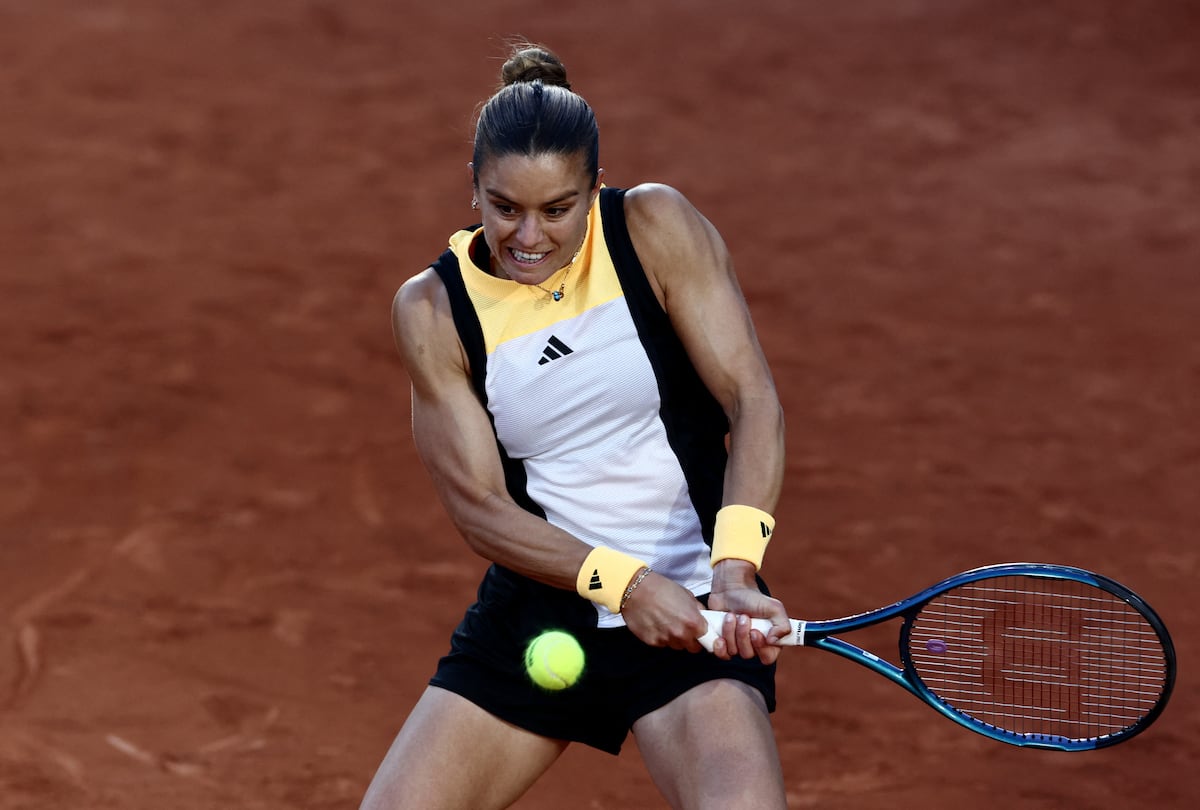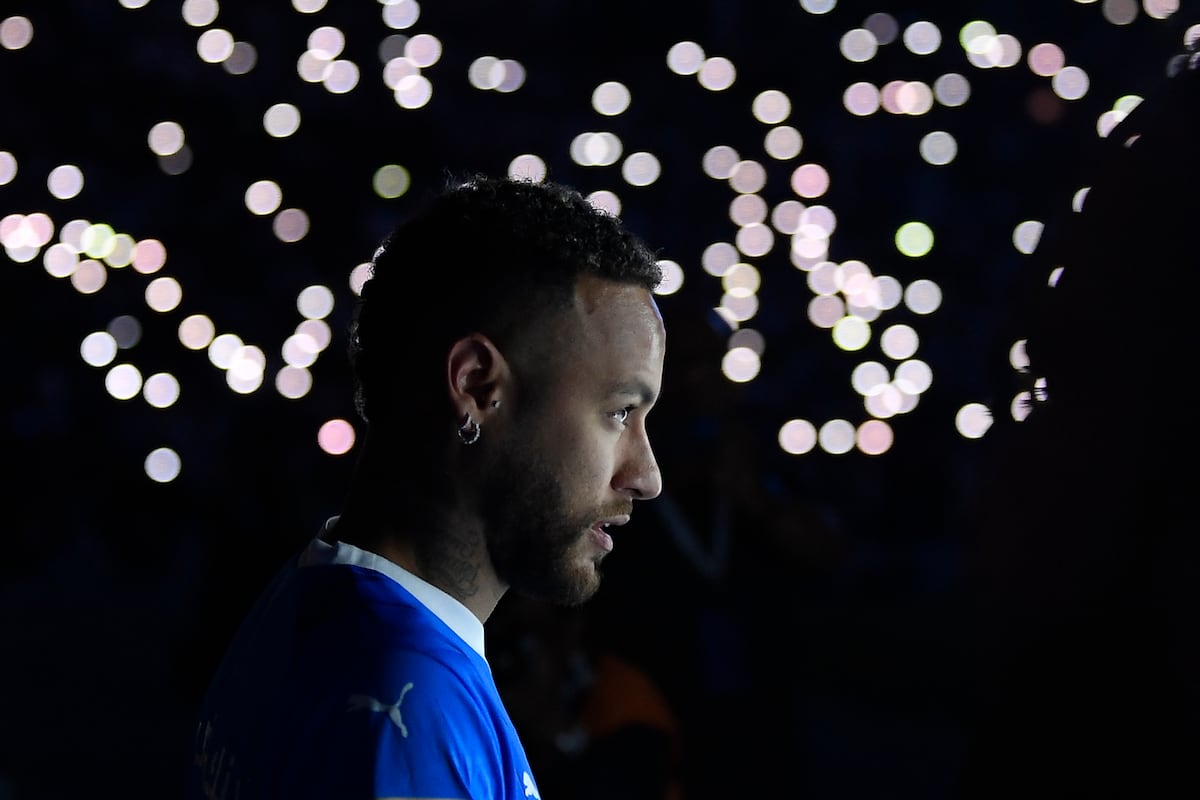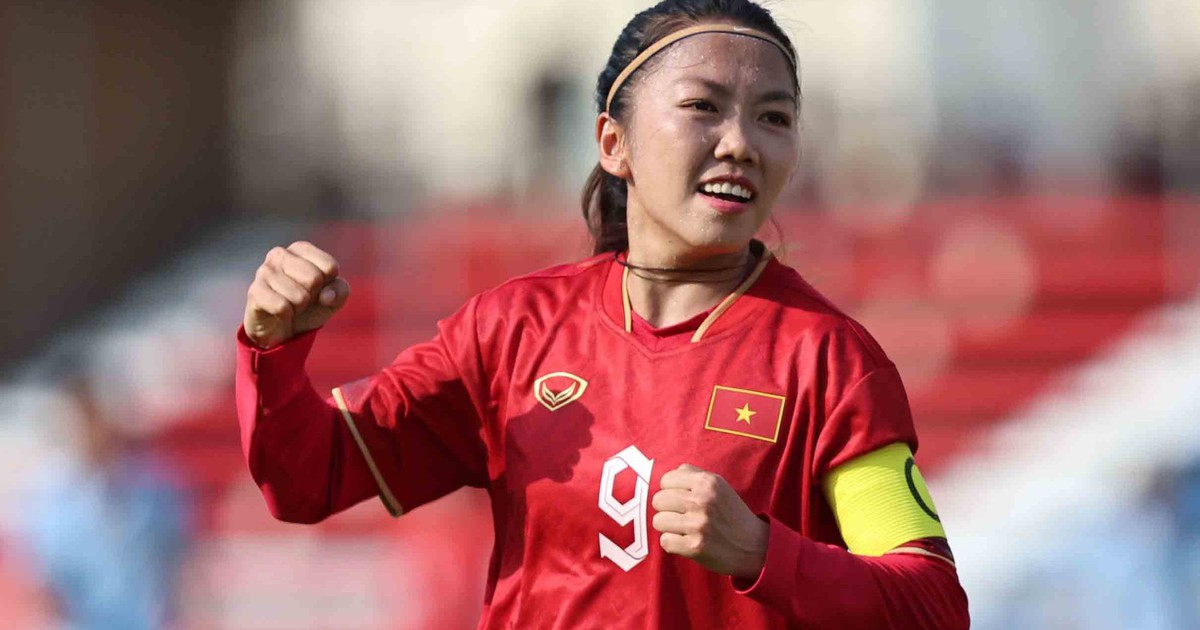Around mid-afternoon, while another downpour falls, the shots of the world number two, Aryna Sabalenka, sparkle inside the Chatrier during the duel with the young Erika Andreeva. The Belarusian breaks the ball again and again, whose blows travel at 192 km/h and at times reach peaks very similar to those recorded by some of the players on the men’s circuit. The power is not surprising. In the last edition of Wimbledon, the tennis player who competes with Iga Swiatek for the top of the circuit already averaged a speed of 74 miles (119 km/h), compared to the 71 (114 km/h) recorded among the boys. She is, officially, the female deck. But not an exception. In the same predominant line of the ATP, the players also break it; The lyric was left aside, this is the elite. The physicists prevail.
The deployment of the current number one, Swiatek, serves as a synthesis, pure granite, zero cracks. A portent. His tennis may not be the most virtuous, but he managed to make his way to the top based on more and more lungs, strength and endurance, in addition to a sophisticated strategy; legs and more legs to reach everything and build a wall that is difficult to overcome. There is no random detail: preparation, food, rest. There is the image in which he was rallying in training with an adhesive tape in his mouth that restricted his oxygen, with the aim of increasing his heart rate to improve tolerance to carbon dioxide, activate the diaphragm, help filter the air reaching the lungs and releasing nitric oxide to dilate blood vessels. Today’s sport, all science.
“All of us players are in a transition period because the physical demand is enormous and hitting a very high topspin forehand helps a lot to get the opponent off the court and regain ground. Since I was little, they shaped my drive as if I were a boy and I think the level is rising because of that,” the American Coco Gauff recently detailed, another clear example of the new bodies: fiber and more fiber, intertwined with a specific job so that the player does not lose power in the punch. Permanent sacrifice. “The discipline you have to have to maintain yourself is very hard, almost unsustainable. I ended up tired, with a lot of mental and physical wear and tear,” Garbiñe Muguruza told this newspaper on the date of her retirement.
The Herculean tendency is also imposed among women, with marked trapezoids, quadriceps and triceps, arms like clubs. Maria Sakkari, sculpted in marble, has already left behind her a good handful of professionals forced to follow in her wake to fight in this current tennis. The Frenchwoman Caroline Garcia, for example, regained her flight thanks to the hiring of a full-time itinerant physio. And among the Spanish, too, chiseled chassis and a lot of vigor. Rebeka Masarova imposes, serves at 194 km/h, and few resist the battle as well as the Valencian Sara Sorribes, protagonist a year ago of the third longest match in the history of Roland Garros: 3h 51m. But she would have endured whatever it took. Another rock.
Fewer games, more intensity
“There is a brutal tendency to take much more care of one’s physique,” says Sorribes coach, Silvia Soler Espinosa; “And now that there are more and more long tournaments, lasting two weeks, we travel more frequently with a physio and physical trainer. At first it was just with the coach, then the physio joined in and now more and more players need the coach, because the calendar is very demanding and everything has become much more professional, and the game is much more direct. That makes the ball go much faster and the bodies have to be much more prepared for the intensity and to endure more days in a row competing, and the recovery also has to be much more immediate, from one day to the next.”
The gyms, says Soler Espinosa, are usually packed during tournaments. However, it’s not just about preparation, it’s also about prevention. “The warm-ups before games are longer and more complete, covering many areas of the body, and that makes them much more prepared. In this sport, either you are constantly evolving and improving, or you stay behind and they overtake you on the right,” continues the technique from Elche, whose analysis coincides with that of the Canarian Carla Suárez, who has retired for three years. “Everything has gone there. The players have taken it more seriously, so to speak. Nowadays, you spend the same hours on the track as you do in the gym. Everything is taken care of much more,” she responds to this newspaper.
And it abounds: “They have realized that being physically well can be a determining factor in winning games. Before, tactics were used more and tennis did not go as fast. There is a big difference from when I started playing on the WTA circuit [2008] when I finished [2021]. Now, the tennis players come much more prepared from below and, above all, they have the ideal size. I think that is very good for women’s sports, because it means that it continues to become more professional and there are many more means to travel with a team structure. It all adds up. In the past, it was not given as much importance or perhaps they were not as aware.”
Paradoxically, the number of matches played by the strongest on the circuit (top-10) has been decreasing over the last decade. If in 2013 the average was 70, last season it was 62. According to experts, the reduction responds to the greater physical and emotional demand of a sport that squeezes the maximum and rewards the machines. It does not seem a coincidence that Swiatek, Sabalenka and Gauff appear at the top, that the silhouettes increasingly resemble those of triathletes nor that the athletes monitor and preserve their bodies more than ever. At high altitudes, the difference between one side or the other of the result can be a gram up or down, in that last extra that can provide the benefit of the current ultra-controlled procedure.
BADOSA NIGHT REMONTAGE
AC | Paris
Paula Badosa’s duel against the British Katie Boulter, scheduled for the third daytime shift, should have been played in the afternoon. However, the rain delayed the start until the evening and the Spanish tennis player, patient, decided it in her favor: 4-6, 7-5 and 6-4, after 2h 18m.
This is the Catalan’s third comeback in the last four games she has played. In Rome she overcame the good start of Mirra Andreeva, Emma Navarro and Diana Shnaider, and in the end she could not beat Coco Gauff. Her next rival will be Yulia Putintseva.
Irene Burillo, who at 26 years old was making her debut in a major, did not have any option against the Japanese Moyuka Uchijima (double 6-1).
You can follow Morning Express Deportes in Facebook and xor sign up here to receive our weekly newsletter.
.
.
_








